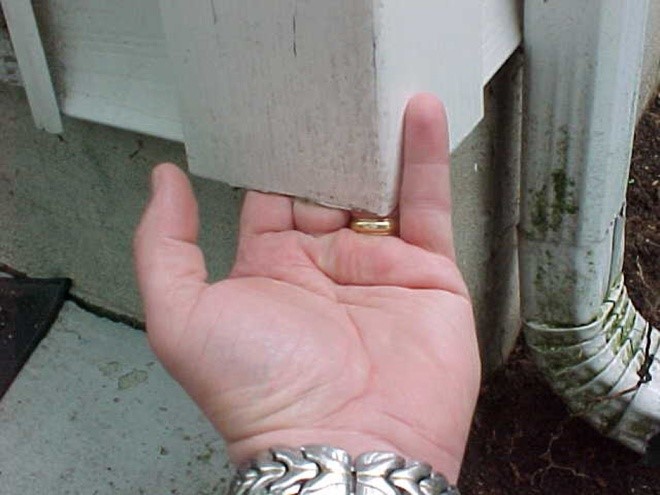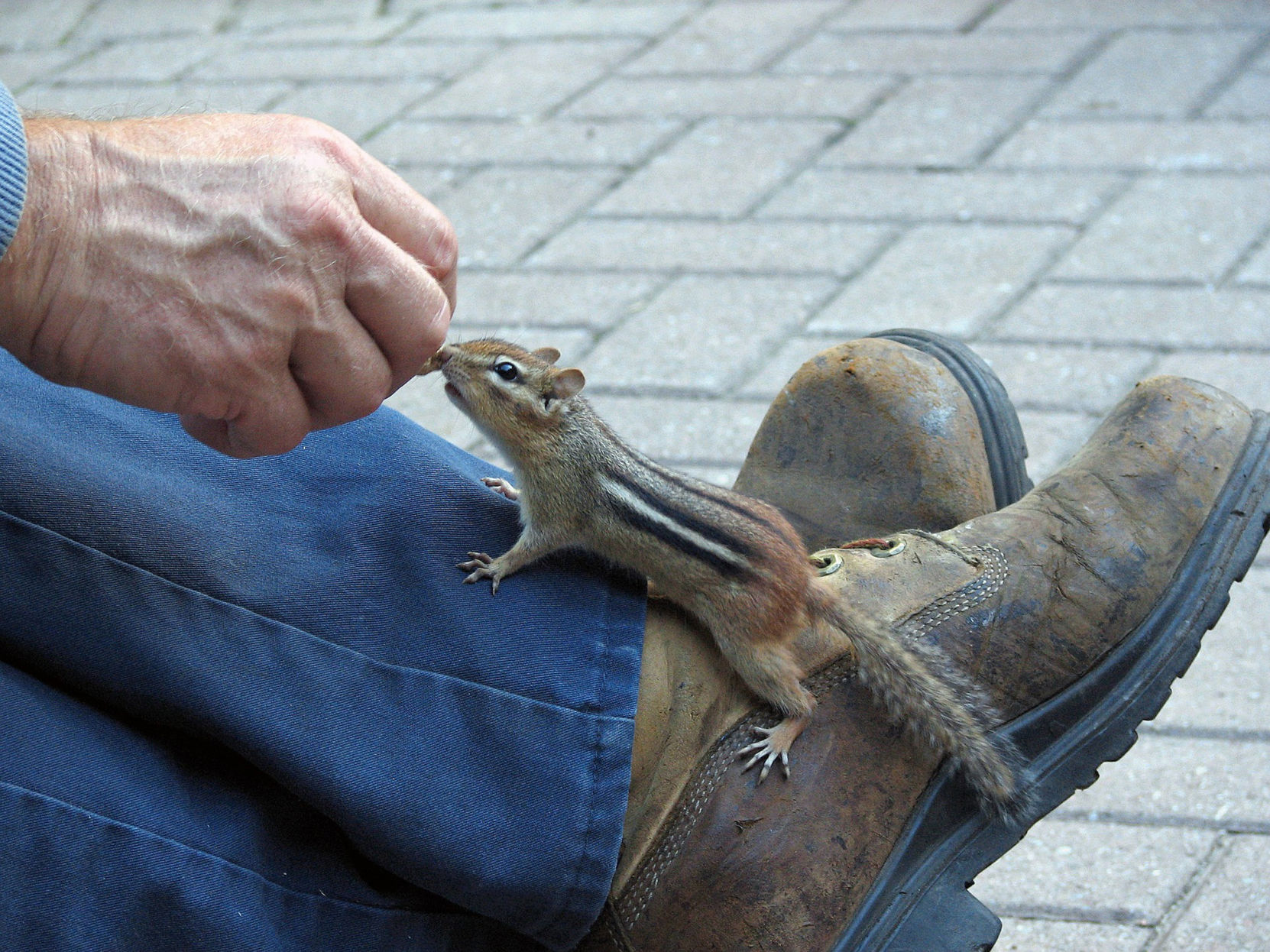
In most cases, the burrow's main tunnel is 20 to 30 feet long. The burrow entrance usually is about 2 inches in diameter and is not surrounded by obvious mounds of dirt, because the chipmunk carries the dirt in its cheek pouches and scatters it away from the burrow. By storing and scattering seeds, they promote the growth of various plants.Ĭhipmunk burrows often are well hidden near objects or buildings (for example, stumps, wood or brush piles, basements, and garages). Chipmunks cache food in their burrows throughout the year. Chipmunks spend most of their time on the ground, but regularly climb trees in the fall to gather nuts, fruits, and seeds. Chipmunks also prey on young birds and bird eggs. The diet of chipmunks consists primarily of grains, nuts, berries, seeds, mushrooms, insects, and carrion. Consequently, home ranges often overlap among individuals.


The home range of a chipmunk may be up to 0.5 acre, but adult animals defend a territory only about 50 feet around their burrow entrance. Population densities of chipmunks are typically two to four animals per acre, although densities may be as high as ten animals per acre if sufficient food and cover are available. Chipmunks are most active during the early morning and late afternoon. General BiologyĮastern chipmunks typically inhabit mature woodlands and woodlot edges, but they also inhabit areas in and around suburban and rural homes. Red squirrels spend a great deal of time in trees chipmunks, although they can climb trees, spend most of their time on the ground. The red squirrel also is very vocal but has a high-pitched chatter. Chipmunks are very vocal and emit a rather sharp "chuck-chuck-chuck" call. The tail is 3 to 4 inches long and is hairy but not bushy.Ĭhipmunks sometimes are confused with red squirrels. The longitudinal stripes end at the reddish rump.

It has two tan and five blackish longitudinal stripes on its back, and two tan and two brownish stripes on each side of its face. It typically measures 5 to 6 inches long and weighs about 3 ounces. The eastern chipmunk is a small, brown, burrow-dwelling squirrel. They also may eat flower bulbs, seeds, or seedlings. In large numbers, they can cause structural damage by burrowing under patios, stairs, retention walls, or foundations. Chipmunks typically inhabit woodlands, but they also inhabit areas in and around rural and suburban homes.


 0 kommentar(er)
0 kommentar(er)
